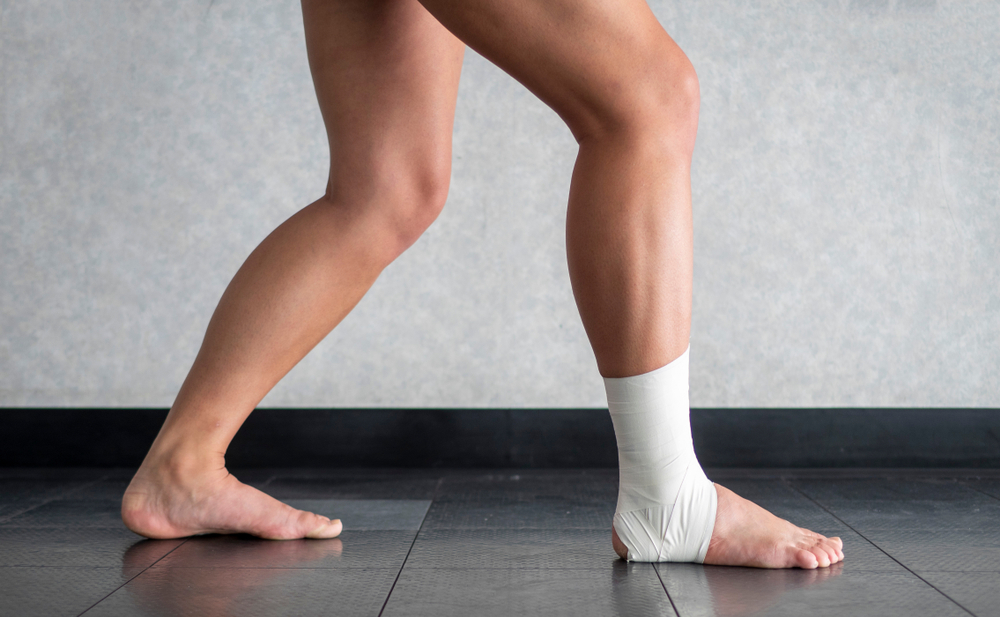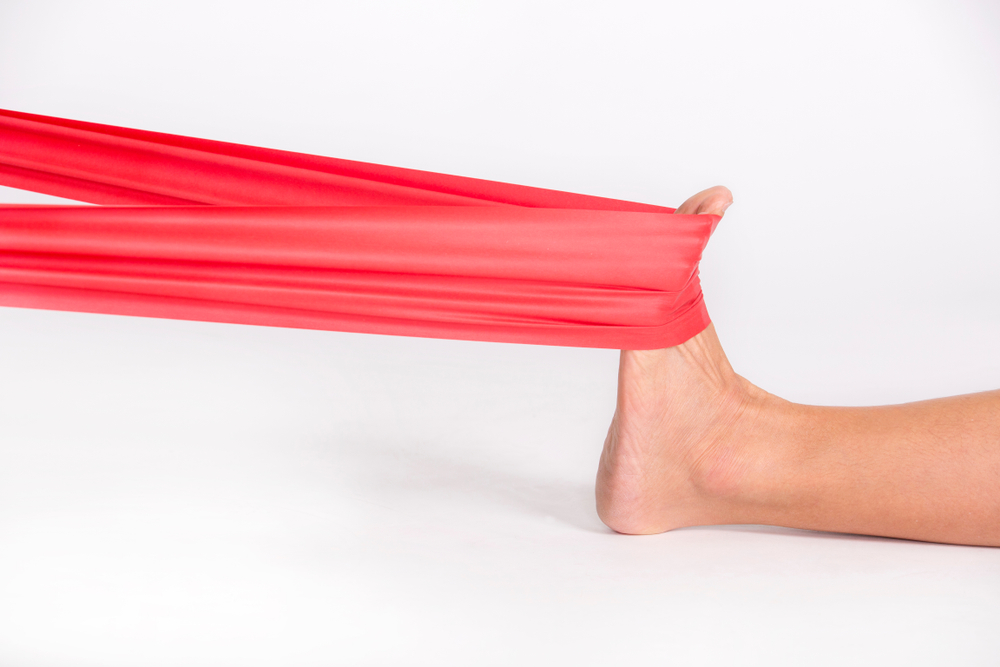Shin Splints
Shin Splints
Shin splints is an irritation along the tibia in the lower leg caused by overuse of the muscles, tendons and fascia resulting in a periosteal response along the bone.
It is also commonly referred to as ‘Medial Tibial Stress Syndrome’. Shin splints often occur in athletes and runners who have intensified their training regime, changed the surface they train on or in growing children with tight musculature.
Shin splints are often felt as a deep, sharp pain along the inner shin bone (or tibia) and experienced early to midway through a training session. In chronic cases it can be experienced towards the end of the training session.
Symptoms
Anterior Shin Splints
Symptoms of shin splints can range from aches through to sharp pains felt along the inner shinbone during exercise.
During the acute phase of shin splints, pain will start strong and slowly decrease as your body warms up; usually pain will return at the end of your training session.
Chronic shin splints can cause tiny cracks in your tibia which can result in a stress fracture of your tibia. Where a stress fracture is involved rest and immobilisation will be required and thus catching this condition early is imperative.
Posterior Shin Splints
Posterior shin splints can also be called medial tibial stress syndrome. Posterior shin splints can be felt as pain on the inside of the ankle and the lower part of the inner shin. Posterior shin splints is caused by a weakening of the tibialis posterior muscle.
Causes of Shin Splints
Anterior shin splints is an overuse injury and always involves the tibialis anterior muscle and to a lesser extent can also involve the extensor digitorum longus and extensor hallucis muscles as well.
Incorrect biomechanics, flat feet, overstriding, weak anterior compartment of the lower leg and overactive calf muscles can all lead to anterior shin splints.
The tibialis anterior muscle works hard to control and decelerate your foot during normal gait, it prevents your foot from slapping on the ground and also prevents undue stress on the lower leg.
If there are muscle imbalances, the tibialis anterior muscle is put under extra load and pulls away from the tibia and this causes shin splints.
Running on hard surfaces such as pavements, roads and even track running increases stress on the lower leg and causes the muscles to work harder to stabilise the foot and reduce impact.
High impact sports such as tennis, basketball and running contribute to shin splints.
Treatment For Shin Splints
Shin splints can be difficult to heal without proper treatments and rest.
During your rest period, for the first 48 hours most people benefit from ice packs applied to the area.
Ice is good for treating acute injuries as it helps to reduce inflammation.
Once completely rested, a combination of techniques are usually beneficial to reduce the pain of shin splints.
Stretching and Strengthening Exercises
Stretching of the calf helps with shin splints, particularly the lower calf.
Lower Calf Stretch
- Stand facing a wall so you are able to easily place both hand on the wall for support.
- Stand with your feet shoulder width apart, moving the leg you wish to stretch back about 30cm.
- Slowly bend both your knees, keeping your back straight and both heels on the ground until you feel a stretch in your back lower calf.
- Hold for 30-45 seconds.
Strengthening for tibialis anterior is helpful also. You will need a theraband and a chair or table leg to attach your theraband.
Tibialis Anterior Strengthening Exercise
- Find an anchor point for your theraband (there will need to be enough space for you to sit with your legs extended) like a table leg.
- Loop one end of the theraband around your anchor point and sit down with your legs extended towards the anchor point. loop the other end of the theraband around the top of your foot so the theraband is taught.
- Bring your foot towards you keeping your leg straight so the theraband is tight.
- Repeat 15-20 times.
Footwear
A correctly fitting, lace up jogger is necessary to part take in sports. This should be purchased and fitted from a reputable sports store as there are many things to consider such as the amount of control required by your shoe, whether you are wearing orthotics during training and what you will be doing in your shoe, for example is it purely for running or will you be playing a court sport.
Dry Needling
Dry needling is helpful in relaxing tight muscles, and correcting muscle imbalances.
A fine needle is inserted into a trigger point (knot) within the muscle and this allows the muscle to relax, a gentle stretch is applied to the muscle and finally a massage and heat packs are applied to ensure the muscle is fully relaxed.
With continued stretching, the muscle which has been dry needled will maintain its new length.
Orthotics
Orthotics are useful in correcting biomechanics and flat feet. Both overpronation and under pronation affect the body’s ability to absorb shock. An overactive muscle group will contribute to pronation.
A correctly fitted orthotic will strengthen weak muscle groups and encourage them to fire at the appropriate moment.
Orthotics can either be a functional device which changes or supports the arch of the foot or shock absorbing insoles to accommodate surface changes.
Shockwave Therapy
Shockwave therapy increases blood flow to the area of treatment and is an excellent modality for treating stress fractures associated with severe cases of shin splints.
The team at Erica Dash Podiatry are able to offer these treatment modalities, to free you of your symptoms of shin splints. Call us today or book online so you can return to your favorite fitness regime.

Shockwave Therapy
Shockwave is a great alternative to treatments such as dry needling if you’re needle phobic and not keen on dry needling. We also have effective treatment offers for kids.

Orthotics
If you experience foot, knee or leg pain in your daily activities then a professionally fitted custom orthotic could be the answer to your foot problems.

Dry Needling
Dry needle therapy can be very effective in treating a range of conditions including chronic muscle pain, neuromuscular problems, and sports injuries.
Schedule Your Appointment
Erica Dash Podiatry is family friendly treating a wide range of foot and leg complaints of patients of any age or stage of life - See All Podiatrists
Call us at 02 4367 0177 or fill out our online contact form to schedule your podiatry appointment today!


